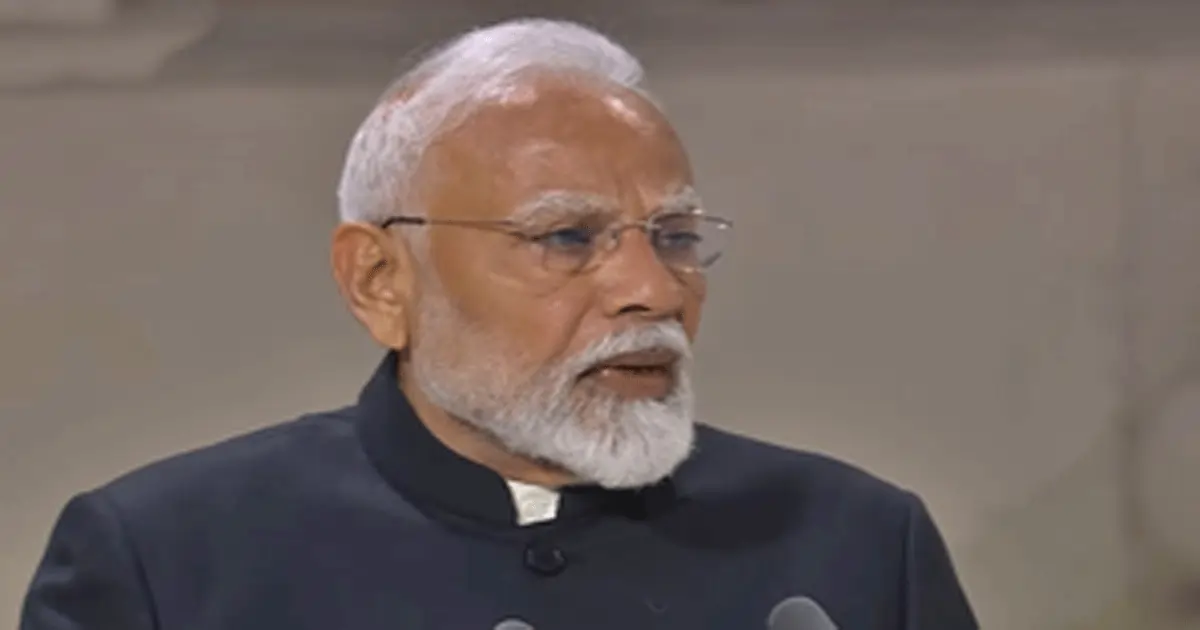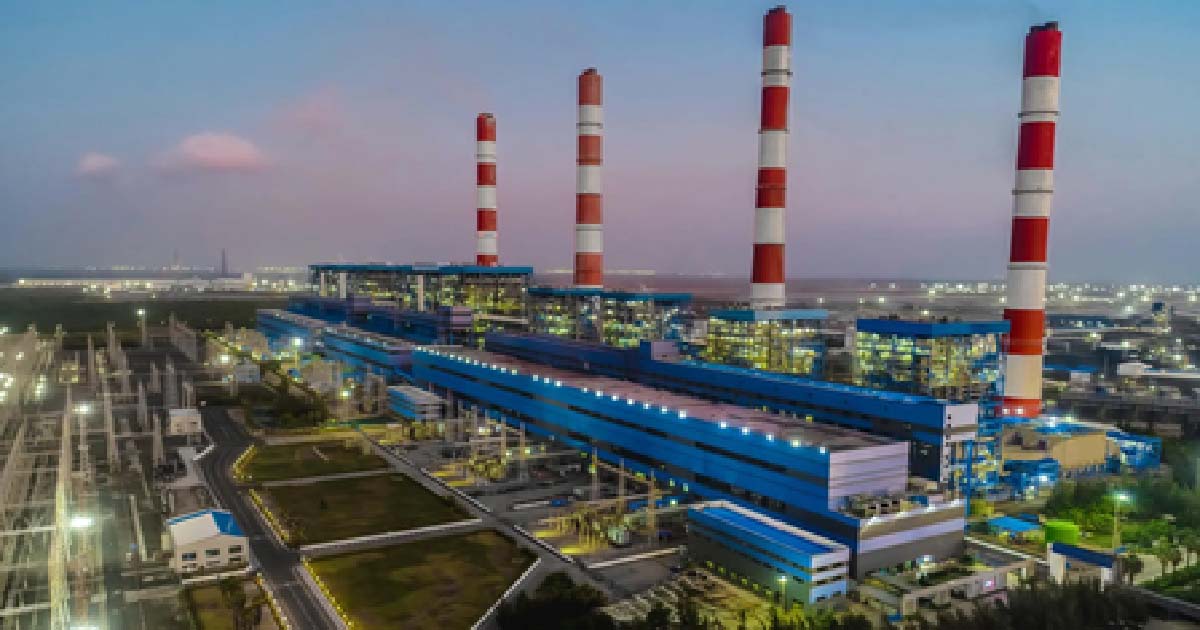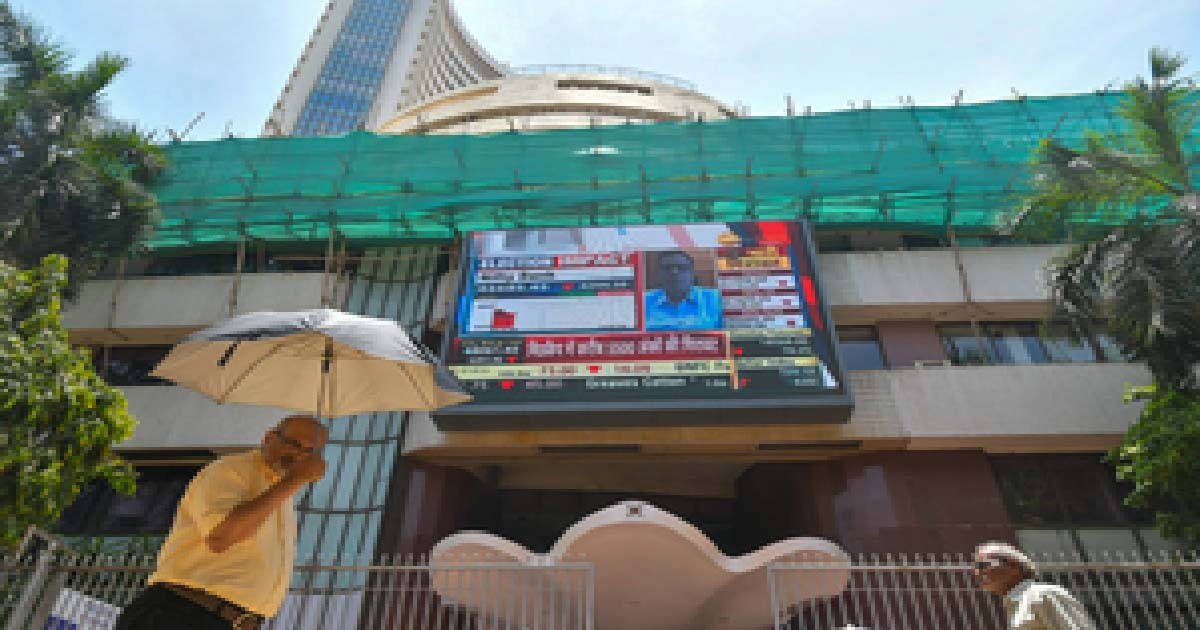Business
India ready to share its experience, expertise with world to ensure AI future for all: PM Modi

Paris, Feb 11: India is developing AI applications for the public good and has one of the world’s largest AI talent pools, Prime Minister Narendra Modi said here on Tuesday, adding that the country is ready to share its experience and expertise to ensure that the “AI future is for Good, and for All”.
Addressing the ‘AI Action Summit’ here, PM Modi said India is also building its own large language model (LLM), considering its diversity.
“We also have a unique public-private partnership model for pooling resources like computing power. It is made available to our start-ups and researchers at an affordable cost,” informed the Prime Minister.
PM Modi further stated while the positive potential of AI is absolutely amazing, there are many biases that we need to think carefully about.
“We must build quality data sets, free from biases. We must democratise technology and create people-centric applications. We must address concerns related to cyber security, disinformation, and deepfakes. And, we must also ensure that technology is rooted in local ecosystems for it to be effective and useful,” PM Modi emphasised.
AI is developing at an unprecedented scale and speed and being adopted and deployed even faster. There is also a deep inter-dependence across borders.
“Therefore, there is a need for collective global efforts to establish governance and standards, that uphold our shared values, address risks, and build trust,” said the Prime Minister.
The country last month announced to launch its safe and secure indigenous AI model within six months at an affordable cost. Aligning with India’s broader vision to become a global artificial intelligence (AI) hub, Finance Minister Nirmala Sitharaman, in her Union Budget speech, announced the creation of three Centres of Excellence (CoEs) in AI for education.
According to PM Modi, governance is not just about managing risks and rivalries.
“Governance is also about ensuring access to all, especially in the Global South. It is where the capacities are most lacking – be it compute power, talent, data, or the financial resources,” he mentioned.
“AI can help transform millions of lives by improving health, education, agriculture and so much more. It can help create a world in which the journey to Sustainable Development Goals becomes easier and faster,” the Prime Minister added.
To do this, the world must develop open-source systems that enhance trust and transparency.
On the debate of job losses due to AI, the Prime Minister said history has shown that work does not disappear due to technology.
“Its nature changes and new types of jobs are created. We need to invest in skilling and re-skilling our people for an AI-driven future,” he noted.
India has successfully built a Digital Public Infrastructure (DPI) for over 1.4 billion people at a very low cost. It is built around an open and accessible network. It has regulations, and a wide range of applications to modernize our economy, reform governance and transform the lives of our people.
“We have unlocked the power of data through our Data Empowerment and Protection Architecture. And, we have made digital commerce democratic and accessible to all. This vision is the foundation of India’s National AI Mission,” said PM Modi.
Today, India leads in AI adoption and techno-legal solutions on data privacy.
“We are at the dawn of the AI age that will shape the course of humanity. Some people worry about machines becoming superior in intelligence to humans. But, no one holds the key to our collective future and shared destiny other than us humans,” the Prime Minister told the gathering.
Business
How Adani’s Rs 30,000 crore Bhagalpur power project will change Bihar’s fortunes forever

Ahmedabad/New Delhi, Nov 7: The 2,400 MW Bhagalpur Power Project, being developed by the Adani Group with an outlay of Rs 30,000 crore, marks a turning point in Bihar’s economic story — bridging its energy gap, reviving industry, and creating opportunities for its 13.5 crore citizens.
For the first time in decades, the state is witnessing a wave of serious private investment.
The plain fact is that for over half a century, Bihar has remained on the margins of India’s industrial story. Despite its demographic strength and strategic location, the state has struggled to attract private investment or build a sustainable industrial base.
The data tell a sobering truth: Bihar’s per capita GDP stands at barely $776, while its per capita power consumption — 317 kilowatt hours (kWh) — is the lowest among major Indian states.
In contrast, Gujarat consumes over 1,980 kWh per capita and has a GDP per capita of $3,917.
This is not a mere coincidence. Power and prosperity move together. Where there is reliable electricity, industries grow, jobs are created, and incomes rise.
Where there isn’t, human potential migrates — literally. Bihar today supplies nearly 34 million workers to other states; its youth are forced to seek livelihoods elsewhere because industry within the state has no power to thrive.
It is against this backdrop that the Bhagalpur (Pirpainti) Power Project, being developed by the Adani Group with an investment commitment of Rs 30,000 crore, takes on historic significance. It is not just a project — it is Bihar’s opportunity to plug into India’s growth grid and finally claim its share of industrial progress.
Bihar has seen little private industrial activity in half a century. In the past five years alone, it has recorded virtually no new large-scale projects. The state’s dependence on agriculture remains high — nearly 50 per cent of its working population is engaged in farming, forestry, or fishing, while only 5.7 per cent are employed in manufacturing.
The 2,400 MW Bhagalpur Power Project, originally conceived by the Bihar State Power Generation Company Ltd (BSPGCL) in 2012, was revived by the government in 2024 through a transparent e-bidding process after earlier attempts failed.
Four credible bidders — Adani Power, Torrent Power, Lalitpur Power Generation, and JSW Energy — participated. Adani Power emerged as the lowest bidder at Rs 6.075 per kWh, a tariff lower than comparable bids in Madhya Pradesh (Rs 6.22–Rs 6.30 per kWh).
Notably, no land transfer was involved. The land, acquired over a decade ago for the project, remains fully owned by the Bihar government, leased at a nominal rent under the Bihar Industrial Investment Promotion Policy 2025. After the project term, it reverts automatically to the state.
In an era where investor confidence depends on transparency and governance, the Bhagalpur model stands out as a template for responsible investment — balancing public ownership with private efficiency.
Bihar’s electricity demand has grown sharply in recent years, but supply has not kept pace. The state’s installed generation capacity of about 6,000 MW lags behind its peak demand of 8,908 MW (FY25), forcing it to import power from the national grid.
According to the Central Electricity Authority (CEA), the demand is projected to almost double to 17,097 MW by FY35. Without new generation projects, the state risks widening its energy deficit — limiting industrial expansion, weakening job creation, and constraining overall growth.
The Bhagalpur project can help fill this critical gap. By adding 2,400 MW to Bihar’s grid, it will supply nearly one-fourth of the state’s projected additional power needs over the next decade, according to people close to the development.
Moreover, infrastructure investments of this magnitude generate vast employment. As housing and infrastructure expert V. Suresh notes, every Rs 1 crore invested in infrastructure creates 200–250 man-years of employment across 70 trades.
By that metric, the Bhagalpur project alone could create millions of man-days of work — offering Bihar’s unskilled and semi-skilled workers local opportunities in construction, logistics, operations, and allied services.
According to people in the know, a reliable power supply will also open the door to downstream industries, expansion of manufacturing zones, and the development of logistics and transport corridors—unlocking Bihar’s potential in food processing, textiles, engineering, and MSMEs.
Bihar’s challenge has never been its people — it has been its power. The Bhagalpur project signals a crucial shift in the state’s development trajectory: from subsidy-driven survival to investment-led growth. It embodies what Bihar needs most — confidence from credible investors, infrastructure that scales, and energy that empowers.
For too long, Bihar’s youth have left home to light up other states’ factories and cities. The Bhagalpur project could finally begin to reverse that flow — bringing power, purpose, and prosperity back to where they belong.
Business
Sensex, Nifty open sharply lower amid negative global cues

Mumbai, Nov 7: The Indian benchmark indices opened with notable losses on Friday, amid weak global cues and FII selling.
As of 9.25 am, Sensex was down 532 points, or 0.64 per cent, at 82,778 and Nifty dipped 162 points, or 0.64 per cent, to 25,347.
The broadcap indices outperformed benchmarks in terms of losses, with the Nifty Midcap 100 down 0.89 per cent and the Nifty Smallcap 100 losing 1.26 per cent.
SBI Life Insurance, Trent, Apollo Hospitals, ICICI Bank were among the major gainers in the Nifty Pack, while losers included TCS, Titan Company, Tata Consumer and Shriram Finance.
Nifty Consumer Durables was the biggest sectoral loser, down 1.38 per cent. All the sectoral indices were trading in the red, with IT, auto and realty slipping over 1 per cent.
Analysts said that huge shorting by FIIs are overpowering the DII and investor buying in the market. The success of the FII strategy of sustained selling in India and moving money to cheaper markets has emboldened them to continue the strategy and continue shorting the market, they added.
“Short covering can lead to trend reversal but there are no immediate triggers for that in sight. FII selling has reduced the prices of fairly valued large caps particularly in banking and pharmaceuticals where growth prospects continue to be bright,” said Dr. VK Vijayakumar, Chief Investment Strategist, Geojit Investments Limited.
India Inc’s second-quarter FY26 earnings, however, showed a stronger-than-anticipated performance with a 14 percent year-on-year earnings rise by companies in key sectors, especially midcaps.
The US markets ended in the red zone overnight, as Nasdaq dipped 1.9 per cent, the S&P 500 declined 1.12 per cent, and the Dow lost 0.84 per cent.
Asian markets also slipped into losses tracking the selloff in US stocks amid concerns over expensive valuations of artificial intelligence companies.
Most of the Asian markets were trading in red during the morning session. While China’s Shanghai index lost 0.17 per cent, and Shenzhen dipped 0.17 per cent, Japan’s Nikkei lost 2.16 per cent, while Hong Kong’s Hang Seng Index lost 0.98 per cent. South Korea’s Kospi dipped 2.57 per cent.
On the Thursday, foreign institutional investors (FIIs) sold equities worth Rs 3,263 crore, while domestic institutional investors (DIIs) were net buyers of equities worth Rs 5,284 crore.
Business
India’s solar module manufacturing capacity set to touch 165 GW by March 2027

Mumbai, Nov 6: India’s solar photovoltaic module manufacturing capacity is projected to increase to over 165 GW by March 2027 — up from approximately 109 GW currently, a report said on Thursday.
The strong government support in the form of the approved list of models and manufacturers (ALMM), basic customs duty on imported cells and modules, and the production-linked incentive scheme drove the growth, the report from ratings agency ICRA said.
The report forecasts annual solar capacity installations at 45–50 gigawatt direct current (GWdc), while annual module production is expected to reach 60–65 GW, and this discrepancy may lead to a supply surplus, potentially prompting consolidation among smaller and pure-play module players.
The ALMM List-II for cells, effective June 2026, has encouraged OEMs to increase cell manufacturing to approximately 100 GW by December 2027, up from the current 17.9 GW listed under ALMM, the report noted.
Further, the recent imposition of US tariffs have redirected the supply from the export market to the domestic market, it noted.
However, the report anticipated that the vertically integrated manufacturers will benefit over the long term due to greater control over the supply chain.
Ankit Jain, Vice President and Co-Group Head-Corporate Ratings, ICRA, said that operating profitability for domestic solar OEMs at 25 per cent in FY25 is likely to moderate due to competitive pressures and overcapacity build-up.
As the ALMM requirement for solar cells is effective from June 2026, a significant scale-up in the cell manufacturing capacity along with its stabilisation in a timely manner remains critical in the near term, he added.
Dependence on China for wafers, ingots poses significant risks for the industry’s transition, given China’s dominance in global supply and the potential geopolitical restrictions for backward integration, the report noted.
-

 Crime3 years ago
Crime3 years agoClass 10 student jumps to death in Jaipur
-

 Maharashtra1 year ago
Maharashtra1 year agoMumbai Local Train Update: Central Railway’s New Timetable Comes Into Effect; Check Full List Of Revised Timings & Stations
-

 Maharashtra1 year ago
Maharashtra1 year agoMumbai To Go Toll-Free Tonight! Maharashtra Govt Announces Complete Toll Waiver For Light Motor Vehicles At All 5 Entry Points Of City
-

 Maharashtra1 year ago
Maharashtra1 year agoFalse photo of Imtiaz Jaleel’s rally, exposing the fooling conspiracy
-

 National News1 year ago
National News1 year agoMinistry of Railways rolls out Special Drive 4.0 with focus on digitisation, cleanliness, inclusiveness and grievance redressal
-

 Maharashtra12 months ago
Maharashtra12 months agoMaharashtra Elections 2024: Mumbai Metro & BEST Services Extended Till Midnight On Voting Day
-

 National News1 year ago
National News1 year agoJ&K: 4 Jawans Killed, 28 Injured After Bus Carrying BSF Personnel For Poll Duty Falls Into Gorge In Budgam; Terrifying Visuals Surface
-

 Crime1 year ago
Crime1 year agoBaba Siddique Murder: Mumbai Police Unable To Get Lawrence Bishnoi Custody Due To Home Ministry Order, Says Report












